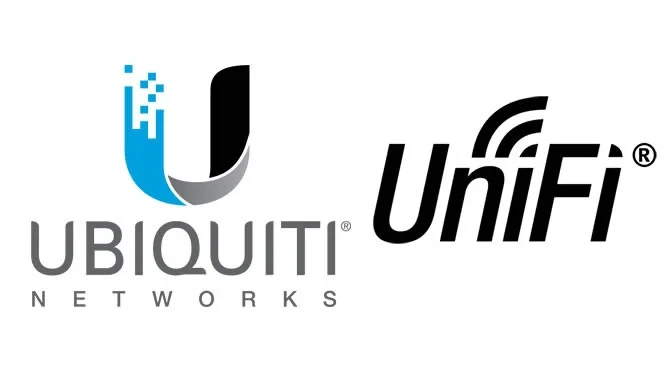In my current role, I’ve had the opportunity to architect and deploy a sophisticated network infrastructure using UniFi switches, distinguished by their robust performance and intelligent management capabilities. Central to this initiative was the implementation of VLANs and the integration with a self-hosted UniFi Controller, which allowed for advanced network management and enhanced security.
I began the process by meticulously planning our VLAN strategy to ensure logical separation of network traffic, aligning with the organization’s security protocols and operational needs. This segmentation facilitated by the VLANs not only bolstered our network security posture but also improved the overall network performance by reducing broadcast traffic.
To manage our UniFi switches efficiently, I deployed the UniFi Controller on a secure, self-hosted server. This strategic choice gave us full control over our network management data and provided the flexibility needed for a customized setup without relying on external cloud services. It also ensured that we could maintain the highest levels of data privacy and compliance with internal and external policies.
Through the UniFi Controller, I configured the switches to support multiple VLANs, implementing inter-VLAN routing where necessary while enforcing strict firewall rules to govern the traffic between different network segments. Additionally, I leveraged the deep packet inspection (DPI) capabilities of the UniFi switches to monitor network performance and quickly pinpoint any potential issues.
I also took advantage of the UniFi Controller’s features to set up remote access VPNs, providing secure connectivity for our remote workforce. The solution was complemented by the adoption of advanced features such as auto-negotiating VPN connections, guest networking with captive portals, and wireless network optimizations to ensure a seamless user experience.
To ensure network reliability, I set up redundant WAN connections and failover protocols. The network was regularly tested for failover scenarios to ensure business continuity. Furthermore, the switches were configured for Power over Ethernet (PoE), supporting our VoIP phones and security cameras without the need for additional power supplies.
My approach to managing our UniFi infrastructure was proactive and data-driven, with regular firmware updates, performance monitoring, and adjustments based on evolving organizational requirements.
This project exemplifies my expertise in network design and management, highlighting my commitment to deploying secure, scalable, and highly available network infrastructures that leverage cutting-edge technologies like UniFi.
I began the process by meticulously planning our VLAN strategy to ensure logical separation of network traffic, aligning with the organization’s security protocols and operational needs. This segmentation facilitated by the VLANs not only bolstered our network security posture but also improved the overall network performance by reducing broadcast traffic.
To manage our UniFi switches efficiently, I deployed the UniFi Controller on a secure, self-hosted server. This strategic choice gave us full control over our network management data and provided the flexibility needed for a customized setup without relying on external cloud services. It also ensured that we could maintain the highest levels of data privacy and compliance with internal and external policies.
Through the UniFi Controller, I configured the switches to support multiple VLANs, implementing inter-VLAN routing where necessary while enforcing strict firewall rules to govern the traffic between different network segments. Additionally, I leveraged the deep packet inspection (DPI) capabilities of the UniFi switches to monitor network performance and quickly pinpoint any potential issues.
I also took advantage of the UniFi Controller’s features to set up remote access VPNs, providing secure connectivity for our remote workforce. The solution was complemented by the adoption of advanced features such as auto-negotiating VPN connections, guest networking with captive portals, and wireless network optimizations to ensure a seamless user experience.
To ensure network reliability, I set up redundant WAN connections and failover protocols. The network was regularly tested for failover scenarios to ensure business continuity. Furthermore, the switches were configured for Power over Ethernet (PoE), supporting our VoIP phones and security cameras without the need for additional power supplies.
My approach to managing our UniFi infrastructure was proactive and data-driven, with regular firmware updates, performance monitoring, and adjustments based on evolving organizational requirements.
This project exemplifies my expertise in network design and management, highlighting my commitment to deploying secure, scalable, and highly available network infrastructures that leverage cutting-edge technologies like UniFi.
